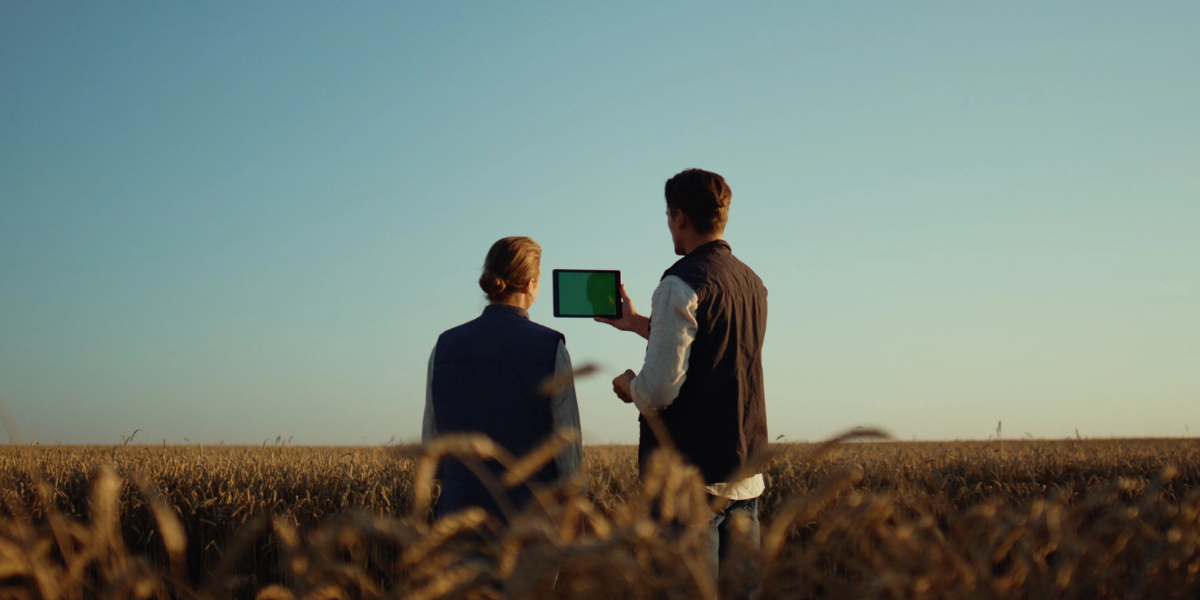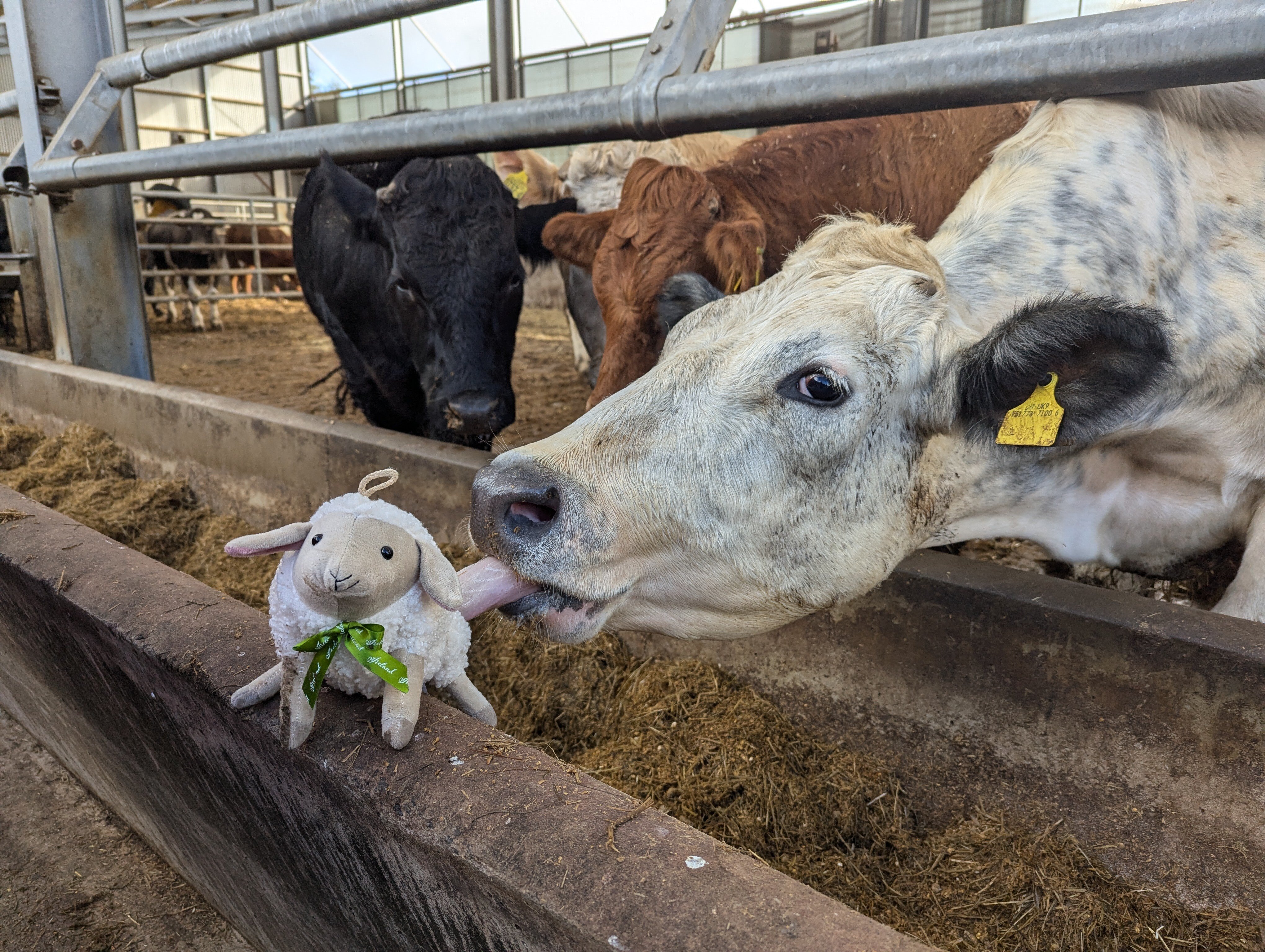Each day of each year the world’s food system must try to feed close to 8 billion people and the numbers grow by an estimated 81 million per year i.e. the entire population of the UK and Ireland with nearly 10 million to spare. It’s very important to try and contextualise the enormous challenge it is to ensure food security for the world’s population. Not only are we facing the massive rise in the numbers of mouths to feed but we also face the massive impacts of our changing climate on crop failures. I think it’s also important to highlight a number of ‘difficult’ facts about our food system and food transparency. Each year the United Nations estimate that 1 in 10 of the world’s population fall ill and over 420,000 die due to foodborne disease.
Picture%201.png?width=1381&name=_blog)Picture%201.png)
We also have the stark fact that somewhere between 30 and 40% of all food produced is wasted along the many value chains. Add to this that significant parts of food production are not conducted in a sustainable way and our soils and sources of fresh water are being badly depleted. An equally worrying fact is that criminals are exploiting people who work in the food system and modern day slavery and child labour are rife in some countries. The final and shocking statistic is that criminal elements are also responsible for massive fraud in our food system. The amount of money being made is believed to be equal to that made in the global heroin trade.
I’ve outlined many reasons to be worried, indeed pessimistic. However there are many reasons to be optimistic. There are numerous projects underway or in planning stages to help address many of the issues I have highlighted. I do believe that the world’s food system is being looked at in a very different way now compared with just a few years ago. This is being undertaken by governments and companies but not least by us, consumers. More and more questions are being asked about our food; where does it come from? how is it produced? The answers to these questions are in many cases difficult, if not impossible, to answer (honestly). Our food system is, in the main, very opaque and some will say this is quite deliberate as if you don’t know the details they you don’t have to take responsibility for things that are wrong.
For some time I have promoted the quest for the total transparency of our food system. I fully understand the difficulties and complexities of achieving this but just because something is hard to achieve does not mean it should not be attempted. In the words of Mark Twain; ‘it is never wrong to do the right thing’. I firmly believe that one of the tools that will make supply chains much more transparent is the application of digital technologies. There is already clear evidence that this is happening. The ability to capture and analyse data from primary production to point of sale is a reality. This data capture is essential in terms of not only knowing where our food comes from but will also allow key calculations to be made. We can start to understand and influence a multiple of different factors that play key role in having a food system based on the principles of integrity. Our food should be safer, more authentic and increasingly nutritionally sound. We can ensure that it is produced in a sustainable way that also protects our environment. We can be surer that livestock are reared in the most ethically sound ways and that all those who work in the food supply chain are treated properly.
Total transparency of the food system will be a win for many; from farmers to consumers. There will of course be those who prefer to retain the status quo of opaqueness for financial gain. But let’s hope that while our food system flourishes they will become decreasingly influential and can be identified as the back actors.
Stay up to date
Stay up to date
Browse Posts
- December 2025
- November 2025
- October 2025
- September 2025
- August 2025
- July 2025
- June 2025
- May 2025
- April 2025
- March 2025
- February 2025
- January 2025
- December 2024
- November 2024
- October 2024
- September 2024
- August 2024
- July 2024
- June 2024
- May 2024
- April 2024
- March 2024
- February 2024
- January 2024
- December 2023
- November 2023
- October 2023
- September 2023
- August 2023
- July 2023
- June 2023
- May 2023
- April 2023
- March 2023
- December 2022
- November 2022
- October 2022
- September 2022
- August 2022
- July 2022
- June 2022
- May 2022
- April 2022
- March 2022
- February 2022
- January 2022
- December 2021
- November 2021
- October 2021
- August 2021
/Blog%20Headers/Understanding%20an%20agile%20approach%20to%20product%20lifecycle%20managementjpg.jpg)


/Blog%20Headers/shutterstock_1927957907%20(1).jpg)
/Blog%20Headers/shutterstock_1845178195%20(2).jpg)
/Blog%20Headers/shutterstock_2133827717%20(1).jpg)
/Blog%20Headers/shutterstock_2473376713.jpg)
/Blog%20Headers/shutterstock_2247276303.jpg)
.png)
.png)



.jpg)
.png)
/Blog%20Headers/shutterstock_2259314129%20(2).jpg)
.png)
.png)
.png)

.png)
.png)
.png)